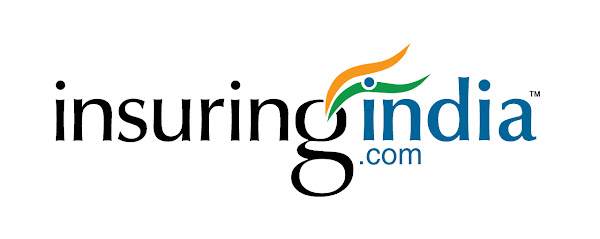VERIFY: your personal
details and data provided to the insurance company, for it forms a very
important part of the settlement claims. Mention all details correctly and
honestly. In cases where it is not declared or is erroneous on policy
documents, the insurer in all fairness may refuse to honor the claim.
ANALYSE: your benefits,
must correspond with your long term plans. Go through the features of the
product and check if they match with promises made during the purchase. Check
for evolved features such as dynamic fund allocation or increasing premium to
beat inflation which needs to be understood in detail.
CHECK: for add-on
covers known as riders for other types of contingencies. Ensure that rider you
bought are included in it, to avoid disappointments at critical moments.
CONSIDER: knowing the
exact payment tenure. Check for how long you need to pay premiums and also what
mode of payment you may have chosen, for example half yearly, quarterly etc.
Life insurance is a long term savings and protection tool and its benefits can
be seen only if one buys it for the long-term, which is the primary reason you
bought the policy.
AUTHENTICATE: Study
carefully what is guaranteed and what is not. Once you get the policy
documents, check out the benefit illustrations of returns.
GLANCE: through terms
and conditions of the service contract. In case you find any difficulty in
understanding any aspect, you may want to check with the insurer the impact of
those terms.
CONFIRM: the exact
surrender charges mentioned in the documents for the times you face a cash
crunch and need to surrender your policy or make partial withdrawals.
EXAMINE: exclusions in
the policy, which define aspects or situations that will not be included in the
coverage. It is common for many life insurance policies to refuse to cover
certain types of deaths within a specific period of the policy being issued.
CLAIM: nominee's
details are captured properly. Your life insurance policies should include
everything that is supposed to be in your coverage, and it will spell out
exactly what your responsibilities are, what the life insurance company is responsible
for, what you are covered for and how much, and every other aspect of your life
insurance coverage.
Mis-Sold: The life
insurers give a free look period of 15 days to the consumer during which a
consumer can review the policy from his needs perspective. If product features
aren’t in sync with consumer needs, then he is free to return the policy and
claim a refund of the money paid.
